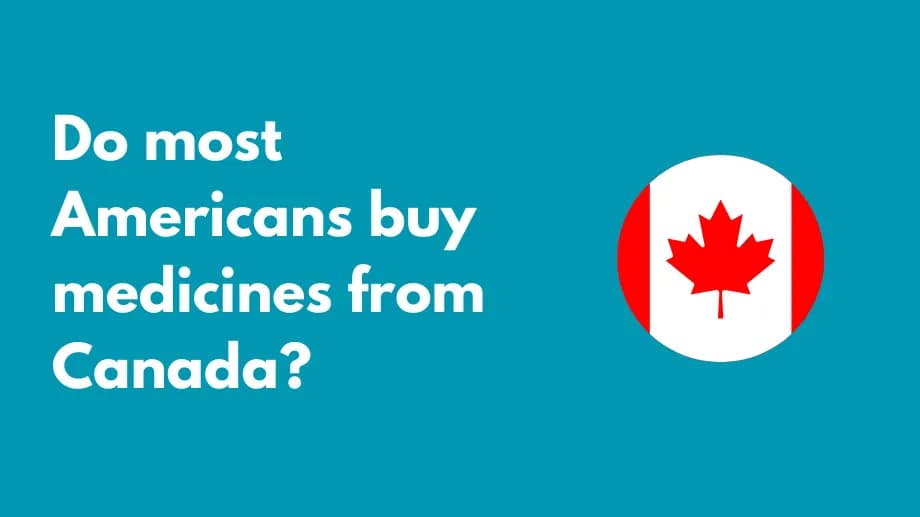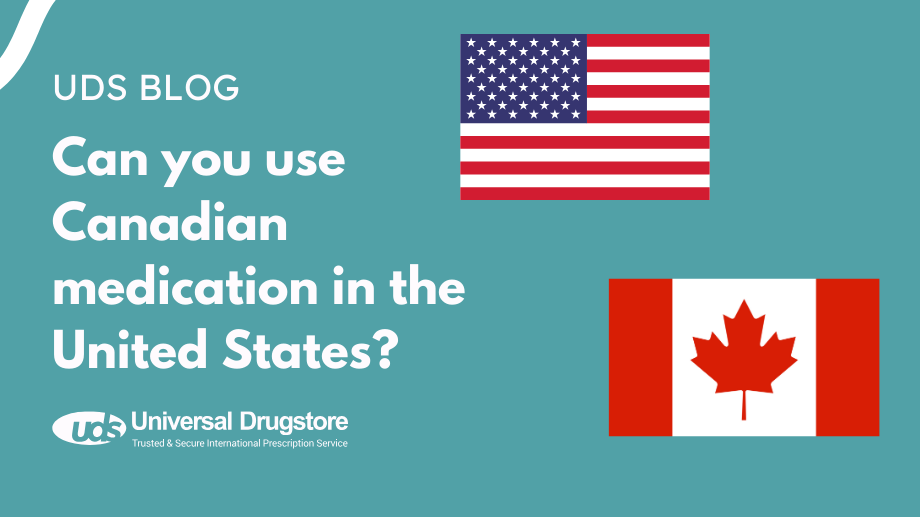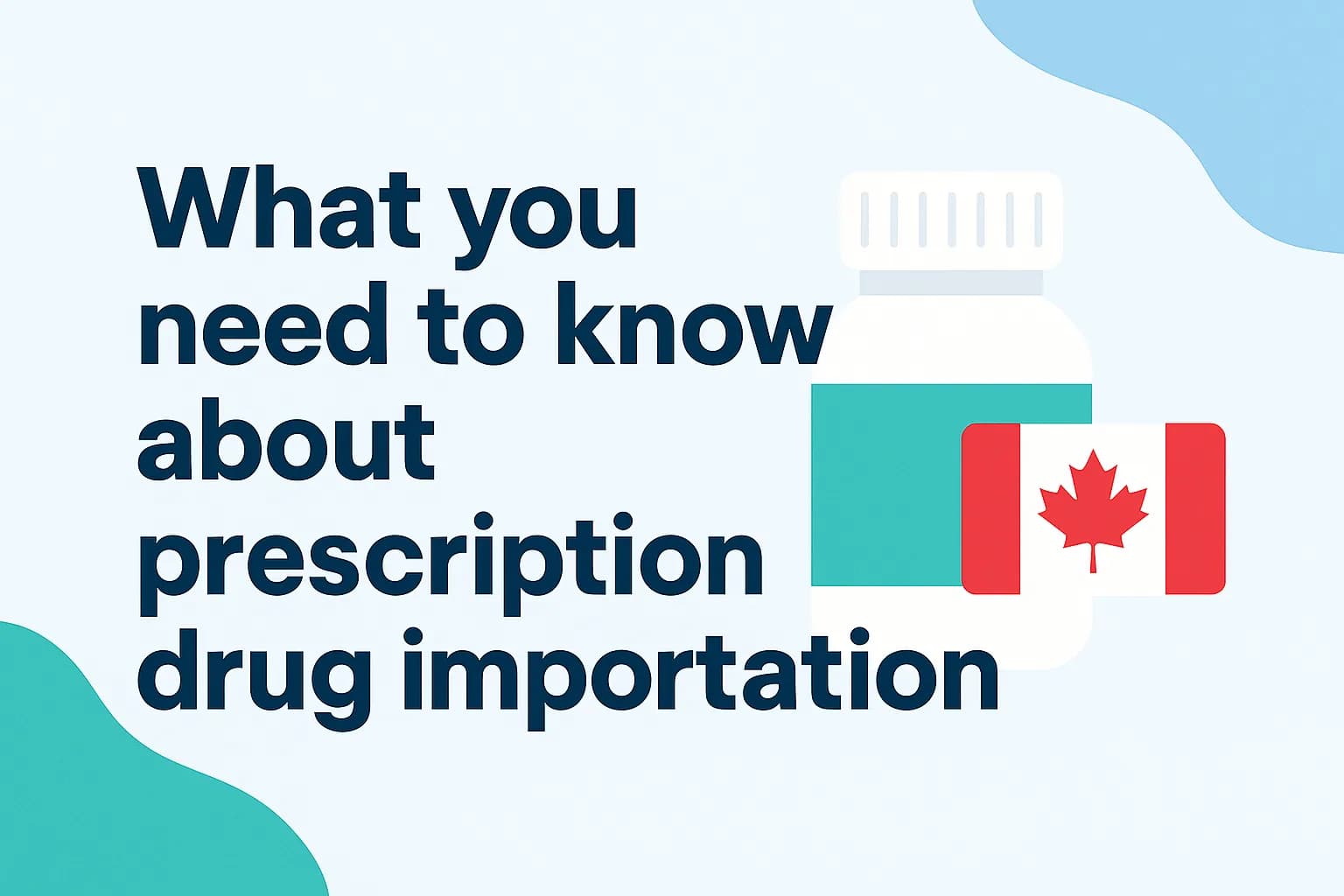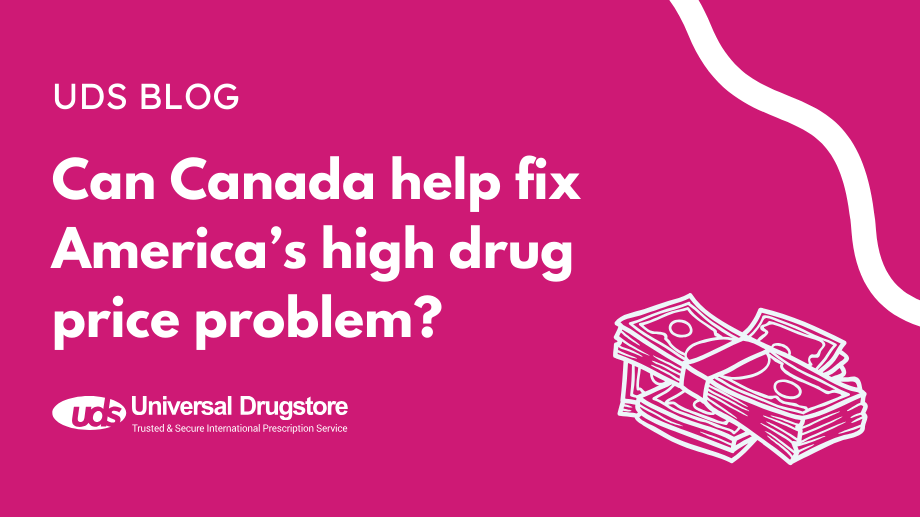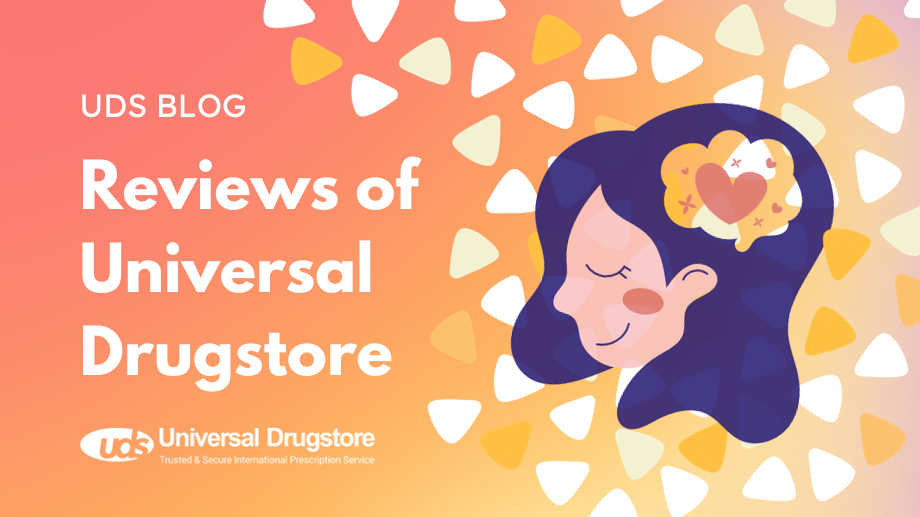Do prescription drugs have to be so expensive in the U.S.?
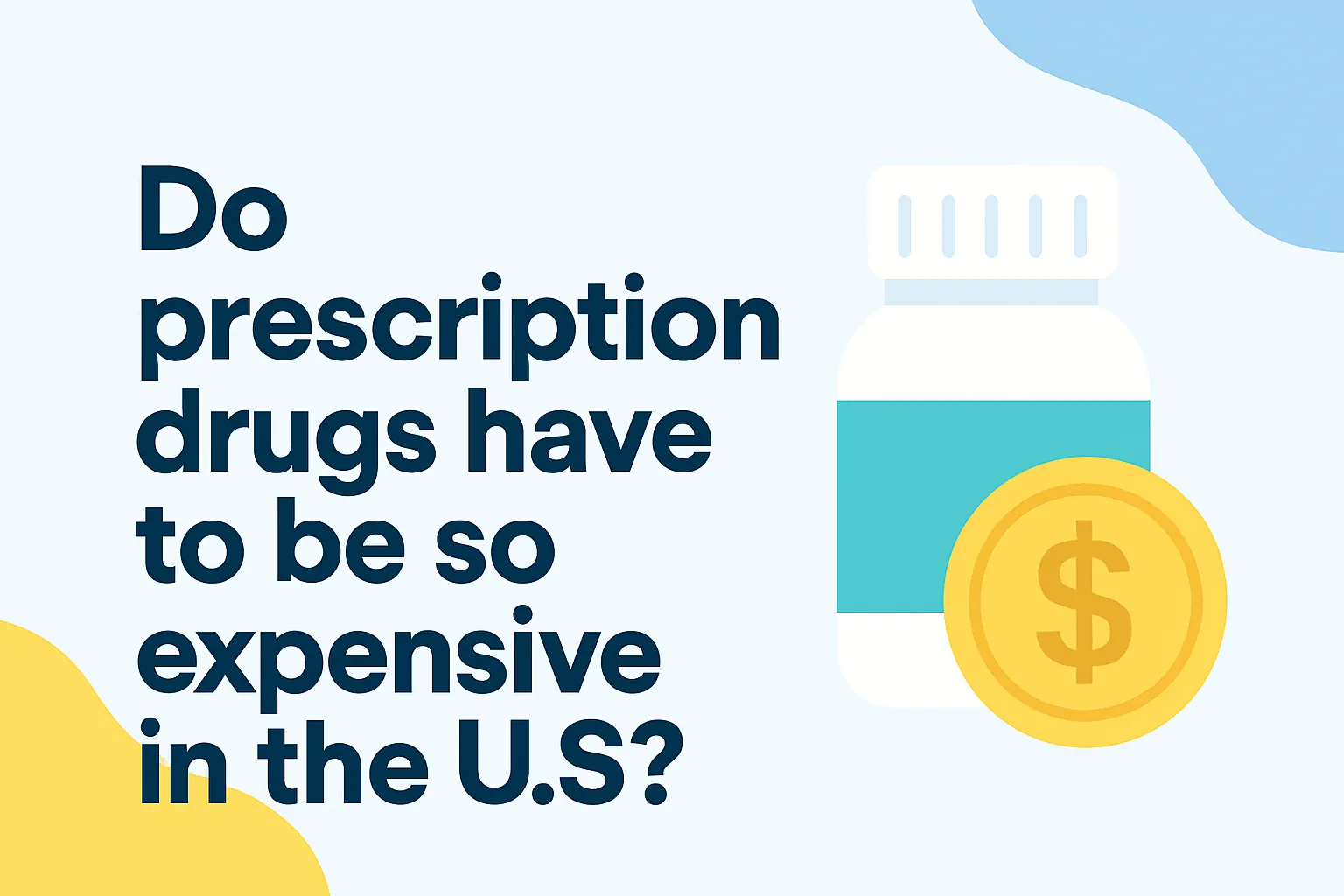
It is a well-known fact that prescription drug prices in the United States are significantly higher compared to many other countries. Americans spend more on prescription medications per capita than citizens in any other country. Seventeen percent of total national healthcare spending goes for prescription drugs. The lack of affordability on medications causes people to make tough decisions when it comes to their treatment. According to a 2019 survey by the health policy nonprofit Kaiser Family Foundation, 1 in 3 adults reported not taking their medications as prescribed.
Now let’s take a look at some of the newer weight loss and diabetes drugs. In America, Ozempic and Rybelsus (semaglutide) cost $936 per prescription, Wegovy (semaglutide) at $1,349, and Mounjaro (tirzepatide) at $1,023. In comparison, Japan, Canada, Switzerland, and several countries in Europe like Germany, the Netherlands, and Sweden have far lower prices, between $69–$444 for these same medications.
Why is there such a difference in drug costs? There are several factors that contribute to this disparity which we will discuss. We will also look at ways you can save on brand-name and generic drugs.
Why do Americans pay a higher price for prescription drugs?
While most companies in the pharmaceutical industry blame the high price of drugs on research and development (R&D), this is probably not the case. One recent study published in JAMA Network Open found no connection for 60 new drugs approved by the U.S. Food and Drug Administration (FDA) from 2009 to 2018.
Here are some reasons Americans may be paying such high prescription drug prices when compared to other countries.
No single-payer system
The U.S. is not a single-payer healthcare system. This is a system set up where the government pays for the majority of healthcare costs. Instead, we have hundreds of state and commercial health insurance plans. These private insurers and government programs negotiate prices with drugmakers individually, which gives them little bargaining power.
In other countries that have a single-payer system, lawmakers have given their governments significant bargaining power with drug companies to lower prices.
Some help is coming for Medicare beneficiaries starting in 2026. Congress passed the Inflation Reduction Act in 2022, which will give the U.S. government the right to negotiate drug prices with drug manufacturers on some high-price medications.
No government regulation
In many other countries, governments set price controls on medications. Some examples include:
- European Union (EU) countries make pricing decisions when new drugs enter the market.
- Hospitals in Austria discount high-cost drugs to help keep out-of-pocket costs down.
- Canada caps medication prices based on the cost in other countries.
America does not have any regulations for the most part and pharmaceutical companies can set their own prices. This leads to higher costs, especially for new drugs.
Incentives to prescribe more expensive medications
Doctors in the U.S. receive higher reimbursement for injectable drugs, including IV chemotherapy, and they typically cost more. This creates a financial incentive for them to choose a more expensive drug when there is a cheaper alternative. This can lead to higher drug spending among Americans.
Drug patents and exclusivity
Drug patents for brand-name drugs can prevent companies from cheaper, generic versions. This can lead to higher drug prices because there is no competition.
Pharmacy benefit managers (PBMs)
PBMs handle prescription drug benefits for large employers, Medicare, and health insurance companies. They create the formularies that health plans use to determine which medications are covered and how much you will pay. They also negotiate prices with drug companies on behalf of the employers and insurance companies.
PBMs make money through administrative fees charged to insurance companies to manage their formularies and through rebates and spreads. Drug companies pay rebates to PBMs to make sure their drugs are on an insurance company’s preferred formulary. In a sense, they decide which medications you can afford to take based on your plan’s formulary. A spread is the difference between the price you pay at a pharmacy and the price charged by the insurance plan, which is set by the PBM. Rebates and spreads could encourage the approval of higher-priced drugs by the PBM if it means more money for them.
Cost sharing
In the past few years, insurance companies have shifted more costs to their patients through higher premiums, copays, and deductibles. Sometimes this may be justified by the fact that patients will seek care only when it is necessary. However, it also discourages people from going to the doctor even if it is necessary.
Advertising
Drug companies spent over 8 billion dollars on direct-to-consumer advertising in 2022. These costs raise the price of medications while increasing the demand for newer, more expensive drugs. This could be a reason why direct-to-consumer advertising is banned in most other countries.
How can you save money on prescription medications?
While the cost of medications is considerably higher in the U.S., there are ways you can save money:
- Universal Drugstore: You don’t need a coupon or savings card to save up to 80% on medications if you order them from Universal Drugstore. We are the global leader in online savings with almost 20 years of experience supplying prescription and over-the-counter medications to our customers.
- Health insurance plan: Another solution is to find a health insurance plan that covers your prescriptions. Most plans are affordable and will cost less than paying the full price for your medications.
- Patient assistance program: Most drug companies offer coupons or patient assistance programs on their brand-name drugs. Check their website for eligibility rules for your medications.
- Medicaid: Depending on your yearly household income, you may be eligible for Medicaid. Medicaid is used to help low-income individuals and may cover the cost of your prescriptions.
- Prescription drug discount card: You can also save money by using a discount card to buy your prescriptions. Discount cards such as GoodRx can be used at local participating pharmacies.
- Shop around: Check the prices at multiple pharmacies for the best prices of your prescriptions, including online and mail-order pharmacies.
- Find an alternative medication: Ask your doctor about any alternative medications you can take. There may be less expensive generic versions.
Sources
- Vincent Rajkumar S. The high cost of prescription drugs: causes and solutions. Blood Cancer J. 2020 Jun 23;10(6):71.
- Explaining the Prescription Drug Provisions in the Inflation Reduction Act. KFF. Accessed May 30, 2024.
- Why Do Your Prescription Drugs Cost So Much? Harvard Health Publishing. Accessed May 30, 2024.
- Baker DE. High Drug Prices: So Who Is to Blame? Hosp Pharm. 2017 Jan;52(1):5-6.
- Wouters OJ, Berenbrok LA, He M, Li Y, Hernandez I. JAMA Netw Open. 2022;5(9):e2218623.
- The Top 10 Pharma Arug Ad Spenders for 2022. Fierce Pharma. Accessed May 30, 2024.
